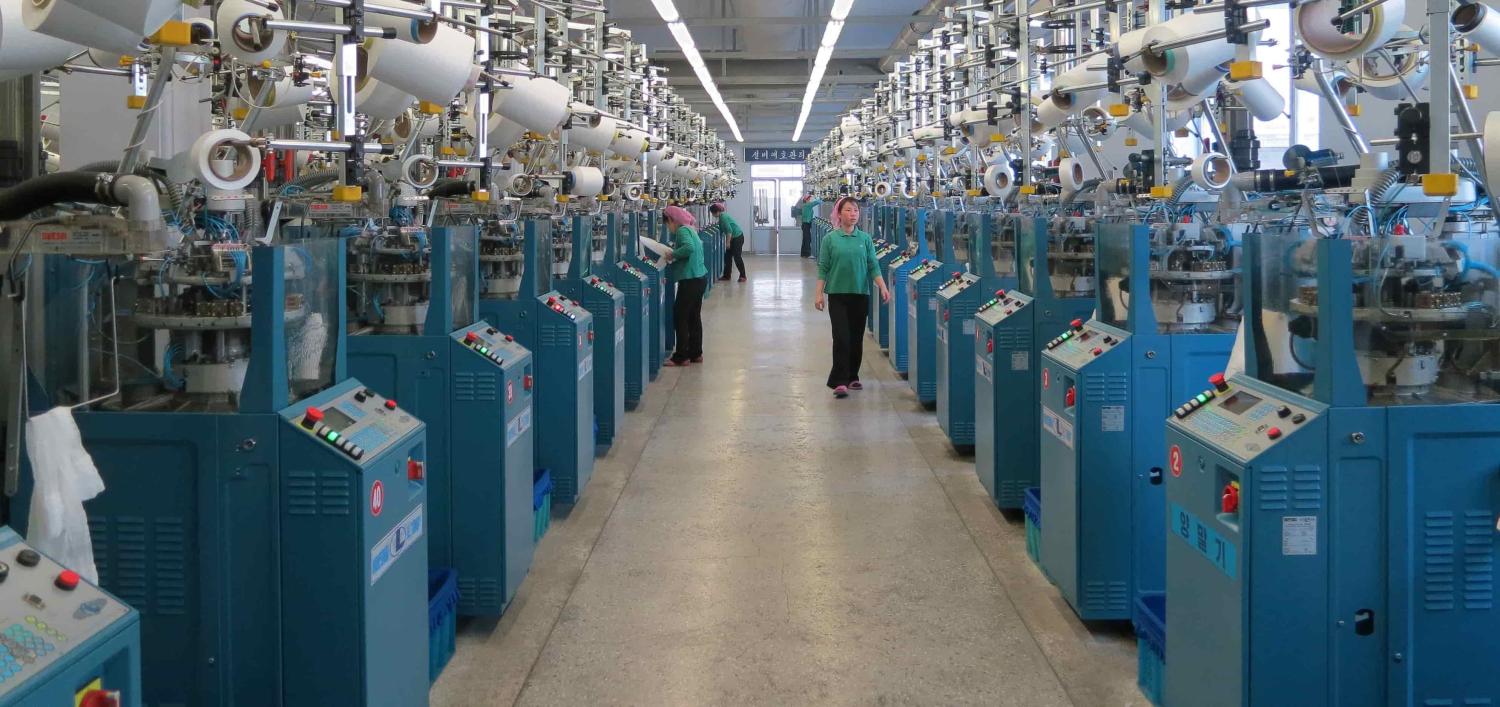Amid the huge fanfare North Korean leader Kim Jong-un and South Korean President Moon Jae-in generated at the third inter-Korean summit, the two leaders made a huge step forward in economic cooperation between Seoul and Pyongyang.
During the summit, Kim told Moon that he preferred the Vietnamese model of economic reform (the Doi Moi policy) to that of China, because the model allowed Vietnam to embrace a close relationship with the US and open the domestic market to foreign investments, while keeping its socialist values intact.
Kim’s interest in Vietnam-like economic reform is a result of his inauguration of the “new strategic line” that would shift North Korea’s focus from nuclear weapons to economic development. The move is in keeping with his declaration that the “byungjin line”, the parallel development of nuclear weapons and the national economy, had been achieved after significant progress made on the nuclear front.
This change in tone will resonate well with Moon’s North Korea policy, which seeks to transform the North by means of economic cooperation and the liberalisation of North Korea’s domestic economy. However, one question needs to be raised: how much reform is Kim willing to tolerate?
Due to international isolation and an underperforming, centrally planned economic model, the Communist Party of Vietnam (CPV) was able to adopt the Doi Moi policy in 1986 to improve the national economy and fix its relationship with the West. This policy recognises the private sector, eliminates price controls, decentralises the decision-making process, and opens the door to foreign investors.
Under the “socialist-oriented market economy”, the CPV is still able to maintain full control of the political system thanks to its continued monopoly on power. Since its implementation, the Doi Moi policy has elevated Vietnam’s per capita income from less than US$100 in 1989 to more than $2000 in 2016.
North Korea in 2018 and Vietnam in 1986 have a lot in common in terms of international isolation and inefficient domestic economies. Hence, it is logical that Pyongyang should follow Hanoi’s model to maximise its growth potential while preserving socialist values.
Indeed, under Kim, North Korea has shown a high degree of tolerance towards the unofficial market economy by allowing small-scale private enterprises to spread across the country. Reports indicate that the North Korean economy is growing at around 4% per year, despite international sanctions.
Unfortunately, such small-scale liberalisation measures may not indicate that North Korea is ready to embrace economic reform on the same scale as Vietnam.
The logic behind the byungjin line rests on the assumption that North Korea can simultaneously make progress with its nuclear weapons and develop the national economy by maintaining a flow of trade with China through the use of unofficial trade channels. However, China’s cooperation with recent United Nations sanctions indicate it may no longer tolerate future instability on the Korean Peninsula caused by North Korea’s nuclear and missile tests.
In addition, North Korea cannot attract foreign businesses (other than Chinese ones) to invest in its Special Economic Zone if the country fails to commit to denuclearisation and assure its partners that international sanctions will not hurt their business in the long run.
Given North Korea’s huge investment in its nuclear program and quest for status as a nuclear-weapon state, Kim may not implement large-scale economic liberalisation at the expense of his regime’s security and domestic legitimacy. Foreign companies will not run the huge risk of investing in North Korea in the absence of Pyongyang’s peaceful pledge when they can turn to a relatively cheap and young labour force in Southeast Asia instead.
A Vietnam-like reform might also demand that North Korea gives its people more freedom of information and modify its internal economic structure on a scale harmful to the regime’s propaganda and its hold on power. Currently, North Korea intentionally ignores the presence of the black market due to the growing reliance among locals on this form of business.
If a reform is to be implemented, Pyongyang will have to formalise the private sector and give it a bigger voice in the decision-making process. Such a measure will limit the central government’s ability to crack down on private businesses when necessary, and increase domestic opposition to Kim’s future nuclear and missile tests.
Moreover, the amount of information brought into the country through expanding trade ties with the outside world will make North Koreans question the legitimacy of Kim’s regime and realise the existence of a more prosperous and democratic Korea in the South.
Given the potential challenges of a Vietnam-like reform, Kim’s mention of such a policy may serve more as propaganda for his foreign audiences and to incentivise Moon to revive inter-Korean economic cooperation, and less as a signal of his sincerity. As long as Kim relies on nuclear weapons for survival, advances in the nuclear program will take precedence over economic liberalisation.

